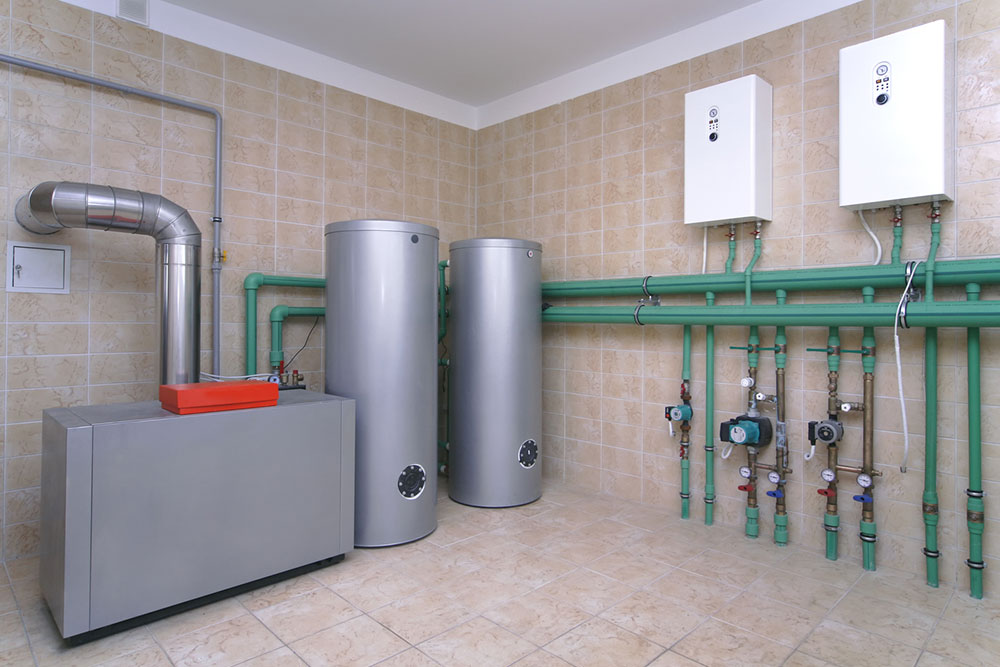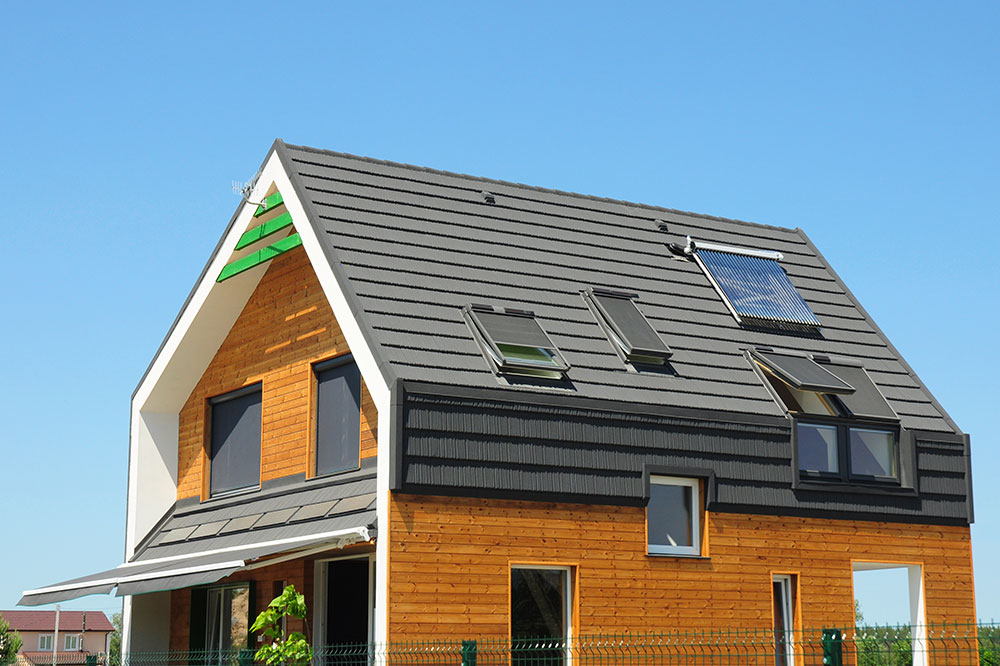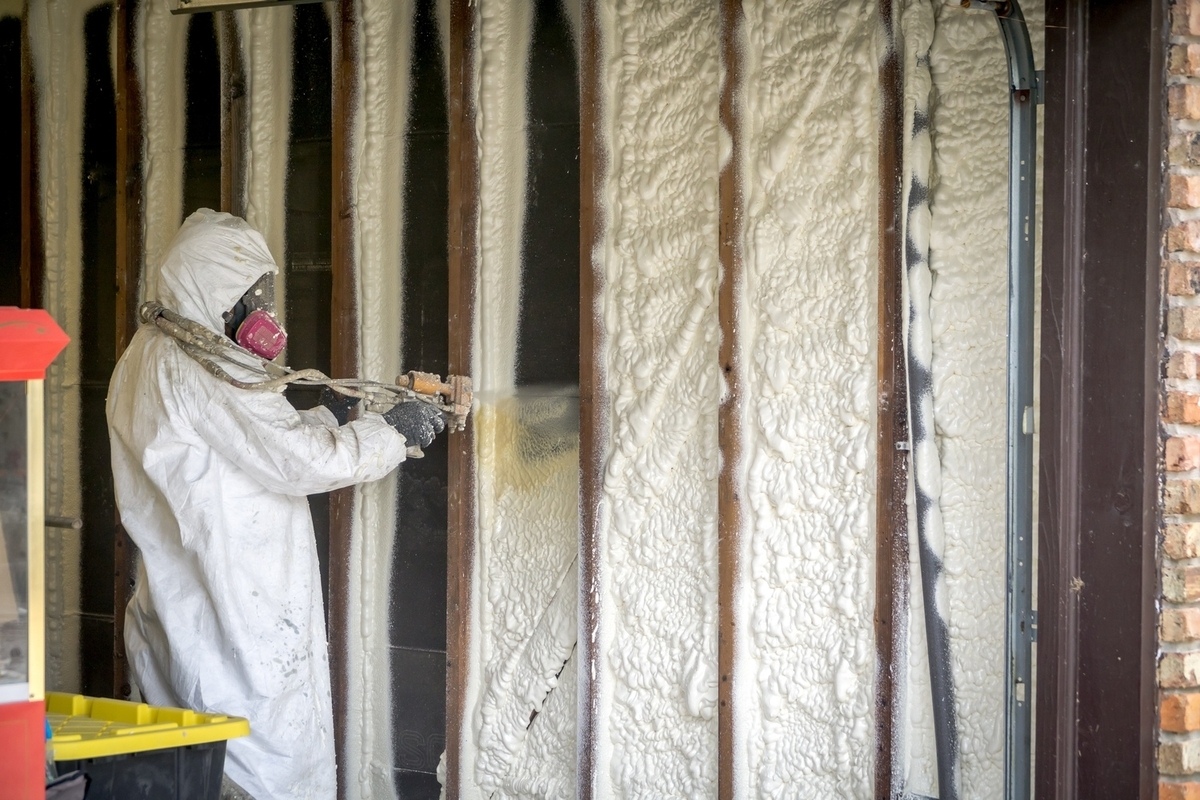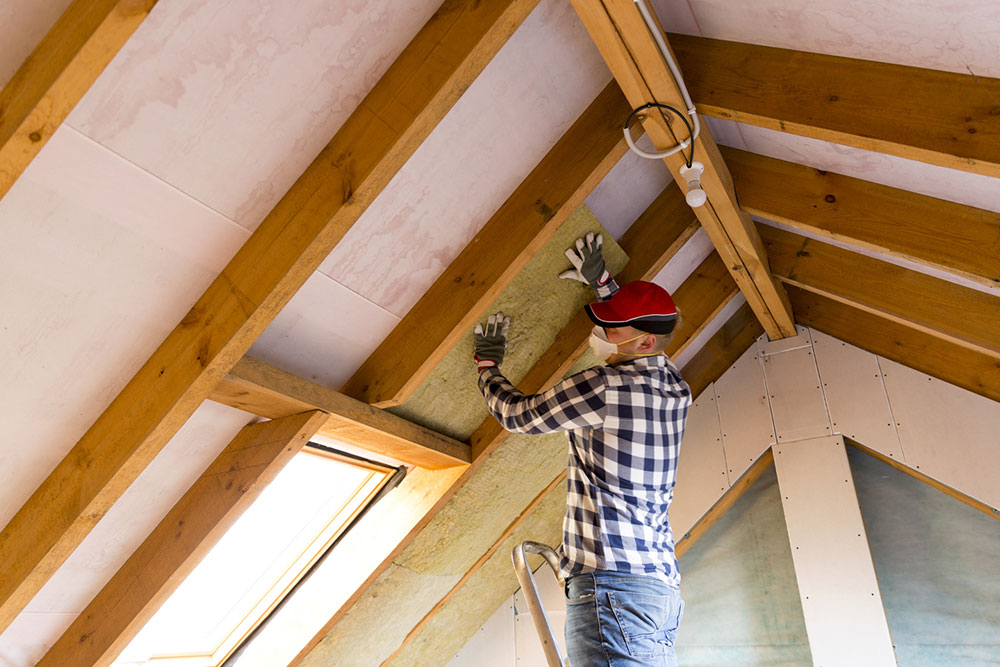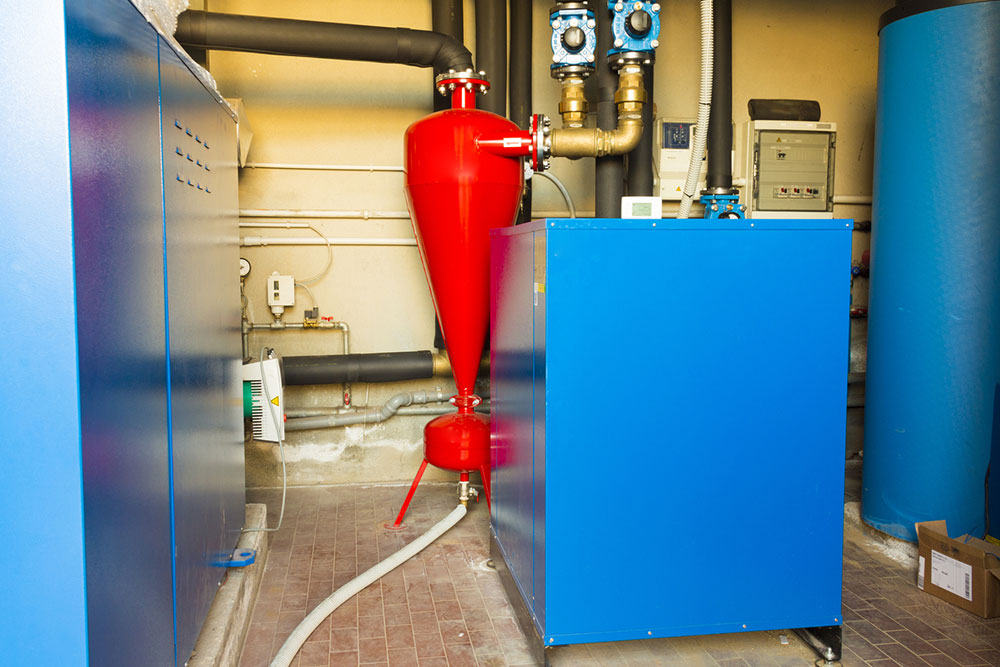Maximize Home Efficiency with Spray Foam Insulation: Advantages, Pricing, and Expert Tips
Discover the advantages and costs of spray foam insulation, a high-performance solution to boost energy efficiency and comfort. Learn tips for choosing top contractors and consider DIY options for smaller projects. This comprehensive guide helps homeowners make informed decisions about insulation improvements to save energy and increase home value.
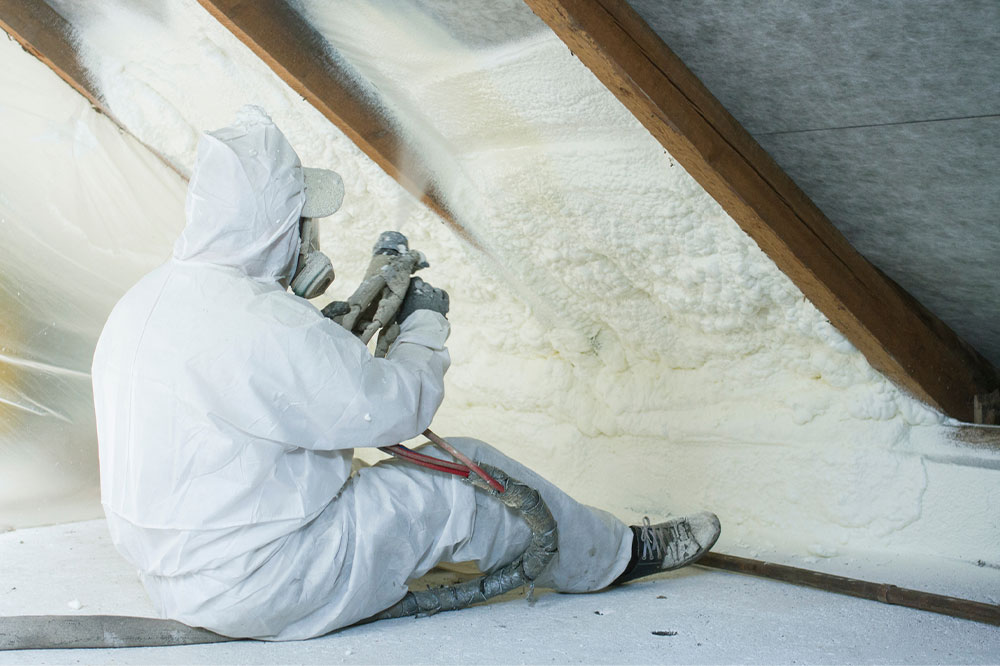
Maximize Home Efficiency with Spray Foam Insulation: Advantages, Pricing, and Expert Tips
Looking to enhance your home's insulation and lower energy costs? Consider spray foam insulation, also known as spray polyurethane foam (SPF). It offers superior thermal retention and is a versatile alternative to traditional materials, suitable for attic spaces, walls, and floors. When evaluating insulation options, it's essential to compare factors like effectiveness, longevity, and installation costs to find the best fit for your needs.
Spray Foam vs. Conventional Insulation
Spray foam stands out among insulation choices today due to its enhanced performance over traditional materials like fiberglass and cellulose. Its superior sealing and insulating capabilities make it a popular recommendation among professionals.
The benefits of opting for spray foam insulation are notable. It can significantly reduce energy expenses by limiting heat loss—up to 50%, protecting against air leaks through walls, roofs, and other vulnerable points.
Due to its flexible nature, spray foam can conform to irregular surfaces and hard-to-reach areas, surpassing traditional insulators like fiberglass in coverage.
This insulation type is designed for durability, lasting approximately 80 years in a home environment.
It also acts as a barrier against pests and rodents, promoting a cleaner, healthier living space.
Moreover, spray foam helps dampen external noises, creating a quieter indoor environment.
Additionally, it can improve indoor air quality by reducing airborne allergens and contaminants.
Cost Considerations for Spray Foam InsulationWhile spray foam insulation generally costs more—ranging from two to three times higher than fiberglass—its long-term savings on energy bills can offset the initial investment. Installation costs typically fall between $1,200 and $4,000, with an average around $2,500. Expenses may vary based on the foam type, project size, removal of existing insulation, and labor rates, which can be $50 to $100 per hour or more.
DIY Spray Foam Kits: An Alternative For small projects or cost-saving efforts, DIY spray foam kits priced around $300 to $350 can provide about 200 board feet of insulation. Larger projects, such as insulating entire homes, may benefit from open-cell spray foam kits costing over $700, yielding 600-650 board feet. These kits are ideal for insulating attic walls, basement sill plates, or sealing gaps.
Choosing the Right Insulation Contractor: Tips and Recommendations Hiring experienced professionals ensures quality work. Start by requesting an on-site inspection to evaluate your home’s specific needs before getting quotes. Seek recommendations from friends and family, and verify online reviews. Confirm that the contractor holds valid licenses and adequate insurance to protect against liabilities. Always obtain a detailed written estimate covering costs, scope, and timeline to avoid unexpected expenses.

